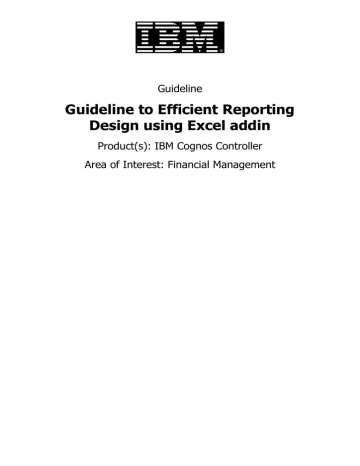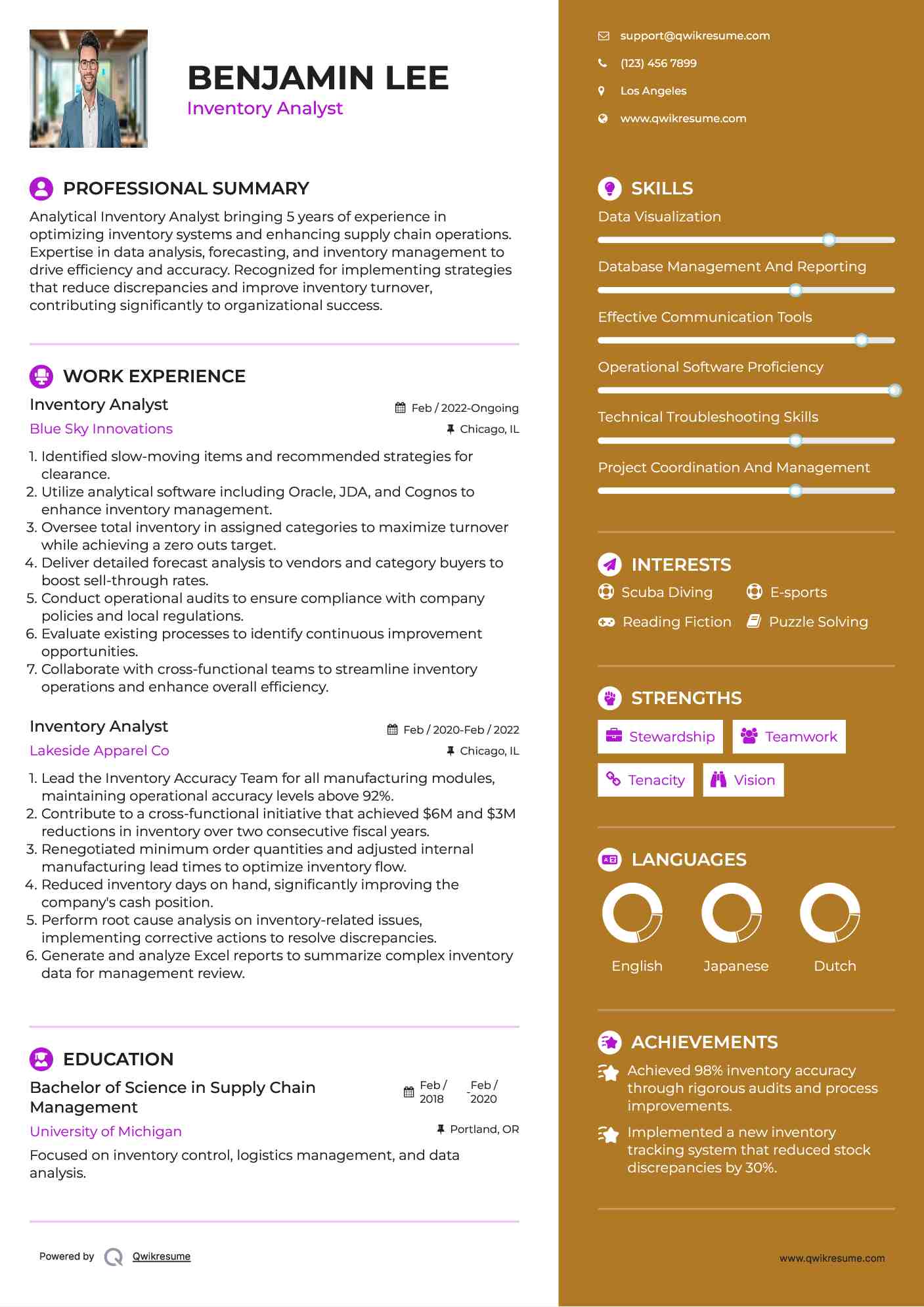

- #Cognos analysis for microsoft excel download how to
- #Cognos analysis for microsoft excel download install
- #Cognos analysis for microsoft excel download update
See Troubleshoot Analyze in Excel for solutions to common issues. There may be times when using Analyze in Excel that you get an unexpected result, or the feature doesn't work as you expected. RLS is enforced at the data-model level, and is always applied to all users accessing data in the report. Row-level security (RLS) is supported for Analyze in Excel.
#Cognos analysis for microsoft excel download install
If you can't install the updates, check with your administrator. Some organizations may have Group Policy rules that prevent installing the required updates to Excel. When that option is disabled, Analyze in Excel is disabled for AS databases, but continues to be available for other datasets. Since users need to refresh the dataset, we recommend that they open the workbook in the desktop version of Excel.Īdministrators for Power BI tenants can use the Power BI admin portal to disable the use of Analyze in Excel with on-premises datasets housed in Analysis Services (AS) databases. Refresh for external connections isn't supported in Excel Online. And since the workbook connects to a dataset in Power BI, the first time users try to refresh the workbook, they must sign in to Power BI and install the Excel updates. To get the latest data, users must use the Refresh button on the Data ribbon. When a user opens the workbook that you’ve shared your workbook with them, they see your PivotTables and data as they were when you last saved the workbook.

Once your workbook is saved, you can share it with other Power BI users in your organization. Because the new workbook just has a connection to the dataset in Power BI, publishing or importing it into Power BI would be going in circles!

You can only publish or import workbooks into Power BI that have data in tables, or that have a data model. However, you can't publish or import the workbook back into Power BI. You can Save the Excel workbook you create with the Power BI dataset, just like any other workbook.
#Cognos analysis for microsoft excel download how to
Instead, a policy tip appears with a recommendation to upgrade the label.įor more information, see how to apply sensitivity labels in Power BI. If you manually set sensitivity labels in Excel, they aren’t automatically overwritten by the dataset's sensitivity label.
#Cognos analysis for microsoft excel download update
If the dataset changes to become less restrictive, no label inheritance or update occurs. If the sensitivity label on the dataset later changes to be more restrictive, when you refresh the data in Excel, the label applied to the Excel file updates automatically. When using Analyze in Excel, any sensitivity label that's applied to a Power BI dataset is automatically applied to the Excel file. You may also have to Enable Content, depending on your Trusted document settings. The first time you open the file, you may have to Enable Editing, depending on your Protected view. So if the report was called Sales Analysis, then the downloaded file would be Sales Analysis.xlsx. The workbook file name matches the dataset (or report, or other data source) from which it was derived. The Power BI service generates an Excel workbook that contains an OLAP connection to the Power BI dataset, and downloads this workbook to your computer. If it doesn't install automatically, see Install Analyze in Excel in the article "Troubleshoot Analyze in Excel." Remember that if you select Analyze in Excel for a report, it is the report's underlying dataset that is brought into Excel.įor any of these options, the Analyze in Excel feature should install automatically.


 0 kommentar(er)
0 kommentar(er)
